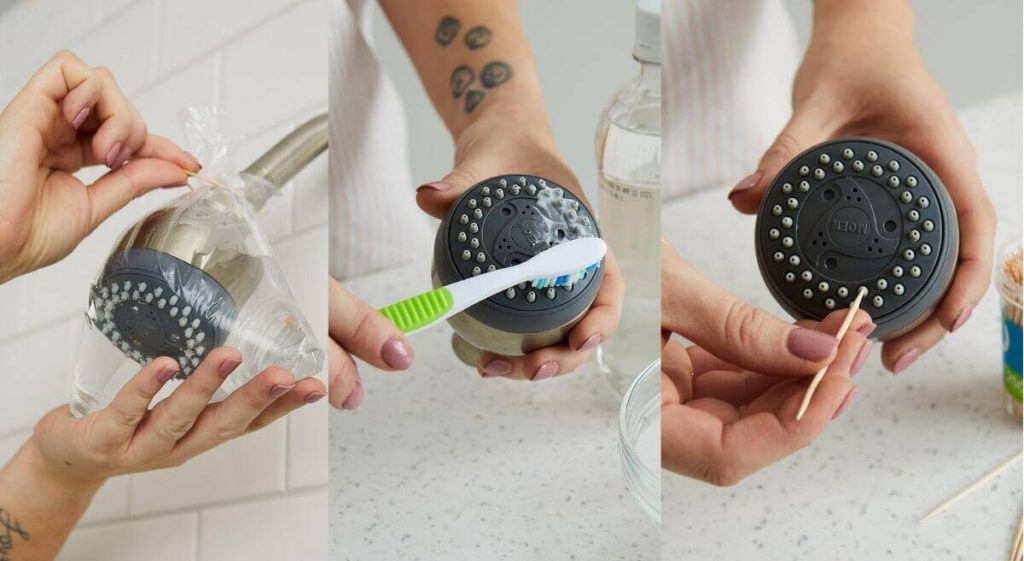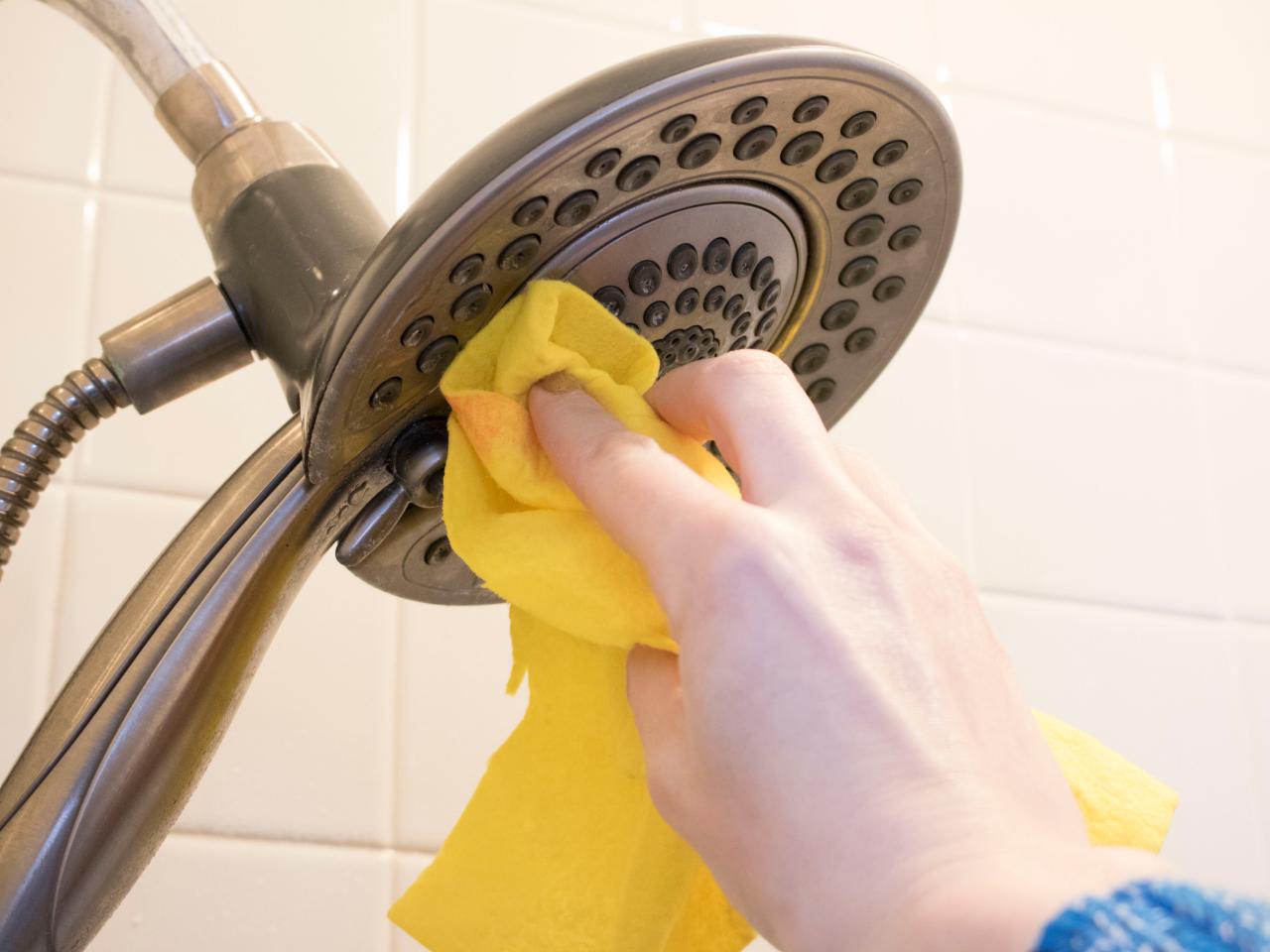Are you tired of weak water pressure in your shower? Is your shower head clogged with mineral deposits and grime? Cleaning your shower head regularly can restore water flow and improve your overall showering experience. In this article, we will guide you through how to clean shower head effectively and easily. Say goodbye to low water pressure and enjoy a refreshing shower again!
Why Should You Clean Your Shower Head Regularly?
Before we dive into the cleaning process, let’s understand why it is essential to clean your shower head regularly. Over time, mineral deposits, dirt, and bacteria can accumulate in the small nozzles of your shower head, obstructing water flow and leading to low water pressure. Moreover, these deposits can harbor harmful bacteria that may affect your health. Regular cleaning not only ensures a steady water flow but also promotes a hygienic bathing environment. However, if you notice yellow spots on bathroom ceiling, it may be a sign of mold growth, which can be harmful to your health. In this case, it’s important to address the issue promptly and seek professional help if necessary. Make sure to check your bathroom regularly and take action immediately if you notice any signs of mold or yellow spots on the ceiling.
What You Will Need
Before you start cleaning, gather the following materials:
- White vinegar
- Plastic bag
- Toothbrush
- Soft cloth
- Wrench (if applicable)
Step-by-Step Cleaning Process
Step 1: Remove the Shower Head
If your shower head is detachable, unscrew it from the shower arm. If it is fixed, you can clean it in place without removing it.
Step 2: Prepare a Vinegar Solution
Fill a plastic bag with white vinegar and submerge the shower head in it. Ensure that the nozzles are fully covered. If you have a fixed shower head, use a rubber band or zip tie to secure the bag around the showerhead.
Step 3: Soak the Shower Head
Leave the shower head in the vinegar solution for at least 1 to 2 hours. The acidic properties of vinegar will break down the mineral deposits and grime, making it easier to clean.
Step 4: Scrub the Nozzles
After soaking, take a toothbrush and gently scrub the nozzles to dislodge any remaining deposits. This will help improve water flow and restore the shower head’s performance.
Step 5: Rinse Thoroughly
Remove the shower head from the vinegar solution and rinse it thoroughly with water. Ensure that no vinegar remains, as it can cause damage to the shower head.
Step 6: Wipe and Dry
Use a soft cloth to wipe the shower head and remove any excess moisture. Let it air dry completely before reattaching it to the shower arm.
Additional Tips for Better Maintenance
To keep your shower head clean and functioning optimally, consider the following tips:
- Clean your shower head at least once every 2 to 3 months.
- Use a water softener if you live in an area with hard water to minimize mineral deposits.
- Consider installing a shower head with rubber nozzles, as they are easier to clean and prevent mineral build-up.
Cleaning your shower head is a simple yet essential task that can greatly improve your showering experience, especially in complete small bathrooms with a shower. By following the step-by-step guide outlined in this article, you can remove mineral deposits and grime, leading to better water flow and a more hygienic bathing environment.
FAQs
How often should I clean my shower head?
It is recommended to clean your shower head at least once every 2 to 3 months.
Can I clean my shower head without removing it?
Yes, you can clean a fixed shower head in place using a plastic bag filled with vinegar.
Will vinegar damage my shower head?
No, vinegar is safe to use on most shower heads and helps to dissolve mineral deposits.
What if I have hard water in my area?
Consider using a water softener to reduce mineral build-up in your shower head.
Can a clean shower head improve water pressure?
Yes, cleaning your shower head can remove obstructions and improve water flow.


